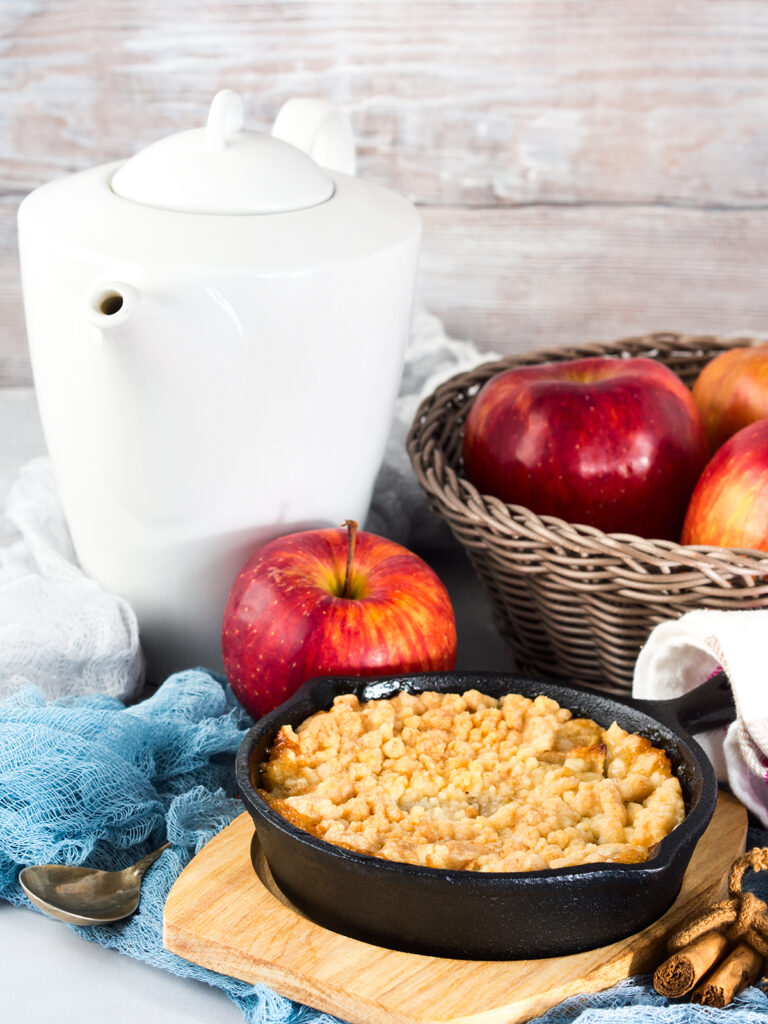DOUG LYTTON’S FAVORITE STEAK
Use a “Cowboy Cut,” bone-in Rib eye, aged, marbled, about 1-1/2” to 2-1/2” thick. If you do not see them in the meat case of your super market, ask the butcher to cut them for you.
Place steaks onto a sheet pan, sprinkle Himalayan salt and ground peppercorn on both sides, making sure to pat it into the meat. Adam’s Reserve products, especially the All Purpose rub are a good alternate option.
Take meat out of the refrigerator at least one hour before placing in the skillet.
Sprinkle the tops of each rib eye with chopped fresh rosemary.
Turn flame/burner to medium. Give it about a minute; drop a dollop of virgin olive oil into the skillet, let sizzle for about 30 seconds. Add 1/2 stick butter. For most things, salted butter is the best, but for this recipe, I recommend unsalted, since you have already salted the steak.
Tilt the pan, side-to-side, to make sure the skillet is well coated. Place steak in pan when the butter/olive oil starts turning brown, constantly baste with bubbly mixture.
After 6 minutes, turn steak over and cook/baste 6 minutes more.
Immediately remove the steak to a large enough plate to accommodate the juices that will leak, then place on cutting board. I like to collect the juices to make a delicious au jus. Pour three ounces of the steak’s juices- fat -in a skillet over medium-high heat. Whisk flour into beef fat; cook, whisking constantly, until the mixture thickens, about 3 minutes.
Let steak rest 5-10 minutes. Slice across the grain.
Bon apetit!
VEGGIES THAT LOVE THE SKILLET
Tomatoes
It is a myth that you can not cook acidic foods in cast iron. As long as your pan is well-seasoned, you can cook tomatoes over low-heat for great flavor. Heat pan to about 385°, add tomatoes and cook 10-15 or until they begin to burst. Shake the pan, then allow them to cook 5 more minutes to sear the sides. Your finished product is a sweet and juicy addition to any summer salad.
Corn
Perfect in mid- to late summer, corn loves the high heat of cast iron to bring out even more sweetness in the kernels. Trim the kernels and toss them into a hot oiled pan. Season with salt and pepper; stir and allow to cook for a few minutes. Your preferred cooking time depends on the volume of corn in the pan, juiciness of the kernels, and your skillet temperature. Stir occasionally to sear the outsides evenly.
Carrots
The high heat of an iron skillet creates greater sweetness in carrots, and caramelizes the tips. Use very little oil on a well-seasoned skillet. Cook on medium-high heat, uncrowded, and not stirred too often. Garnish and drizzle with balsamic vinegar.
SKILLET APPLE CRISP

- 6 apples peeled, cored and chopped into chunks
- 1 tablespoon fresh lemon juice • 1/2 cup packed light brown sugar
- 3/4 teaspoon cinnamon • pinch of Kosher salt
- 3 tablespoons unsalted butter • 1 vanilla bean
Streusel Topping
- 1-1/2 c oats • 1 cc chopped pecans • 1/2 c packed light brown sugar
- 1/4 cup flour • 1/2 tsp cinnamon • 1/4 tsp nutmeg
- 1/4 tsp Kosher salt • 6 tbsp cold unsalted butter
Instructions
In medium bowl, mix oats, pecans, flour, brown sugar, cinnamon, nutmeg and salt. Cut 6 tbsp butter into small pieces and, with fingers, massage butter into the mixture until incorporated fully. Set aside.
In large bowl, toss apples with lemon juice, brown sugar, cinnamon and salt.
Over medium heat, melt 3 tbsp butter in a 10-inch cast iron or oven-proof skillet.
With sharp knife; on a cutting board, slice down the middle of the vanilla bean. Gently scrape small egg-looking vanilla bean specks. Add vanilla to melted butter and stir about a minute.
Increase heat for the skillet to medium-high and add coated apples. Cook 5 minutes, tossing apples gently in the vanilla butter. Remove from heat and evenly scatter the streusel topping over the apples.
Bake for 30 minutes at 350°F.
